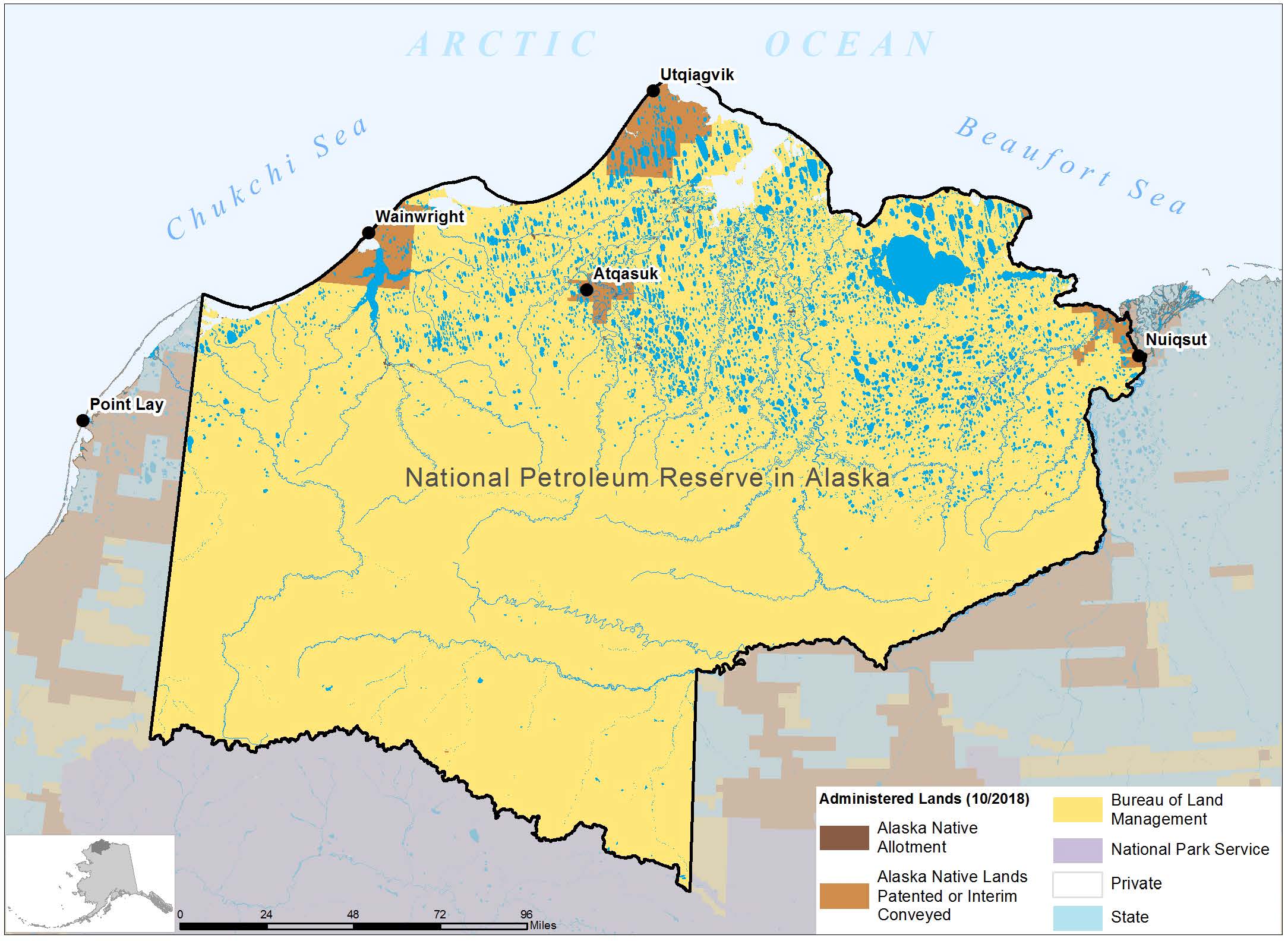The Alaskan wilderness may soon be on the menu for fossil fuel giants. The Trump administration’s plan to roll back Biden-era federal protections across millions of acres in Alaska’s National Petroleum Reserve has taken a step forward, setting the stage to open this fragile landscape to oil and gas extraction.
On July 1, the US Senate approved its version of a budget bill that requires a minimum of five in the National Petroleum Reserve in Alaska. The legislation now heads back to the House of Representatives.
Back in 2024, under the Biden Administration, the Bureau of Land Management expanded federal protections across 28 million acres of public lands in Alaska.
In June 2025, the Trump Administration claimed this move went too far. Following a legal and policy review, the Bureau of Land Management and the Department of the Interior said the 2024 decision “exceeds the agency’s statutory authority” and “imposes unnecessary barriers to responsible energy development.”
“The 2024 rule ignored that mandate, prioritizing obstruction over production and undermining our ability to harness domestic resources at a time when American energy independence has never been more critical. We’re restoring the balance and putting our energy future back on track,” Doug Burgum, Secretary of the Interior, said in a statement on June 6.
On June 17, the DOI released a draft analysis for public comment that could see “up to 82 percent of the 23-million-acre reserve to oil and gas leasing and development, consistent with the Trump administration’s commitment to Energy Dominance and regulatory reform.”

A map of the National Petroleum Reserve-Alaska in the north of the state.
Image credit: US Bureau of Land Management
Spanning around 23 million acres on Alaska’s North Slope, the National Petroleum Reserve is a landscape that’s home to a stunning array of American wildlife, from polar bears and grizzlies to moose and wolves. It also serves as an important highway for many species of migratory birds. Meanwhile, beneath the surface lie billions of barrels of oil and extensive natural gas reserves.
The National Petroleum Reserve in Alaska was “set aside” in 1924 by the US government as an emergency oil supply for the US Navy. Decades later, in 1976, responsibility for the area was handed over to the Department of the Interior, and Congress authorized oil and gas exploration within its boundaries. However, this green light came with a clear mandate: the region’s wildlife and breathtaking natural beauty must receive “maximum protection”.
The Interior Department has said the proposed rule rescission will include protections for wildlife, but some conservationists are concerned. There are also worries that the decisions are being made against the will of the Alaskan Native groups, who have lived in the area for generations and maintain deep cultural, spiritual, and subsistence ties to the land.
“Yet again, we see Congress – under the influence of the oil industry – disregard the will of the people and the urgent reality of the climate crisis. By pushing to open the Arctic’s sacred public lands to drilling, they are prioritizing tax breaks for the wealthy over the health of our planet and the survival of Alaska Native Peoples,” Meda DeWitt, Alaska senior manager at The Wilderness Society, said in a statement.
“These lands are not just wilderness on a map—they are the source of clean water, food security, cultural continuity, and spiritual identity for the Alaska Native communities who have cared for them since time immemorial. Once more, we are being forced to defend what should be protected: our right to exist in relationship with our homelands. Meanwhile, the rest of the country is left to endure the escalating consequences of climate breakdown, when we should instead be investing in a just and sustainable energy future,” added DeWitt.
Source Link: Alaska’s Wilderness At Risk As Trump Opens “Up To 82 Percent” Of National Reserve To Drilling